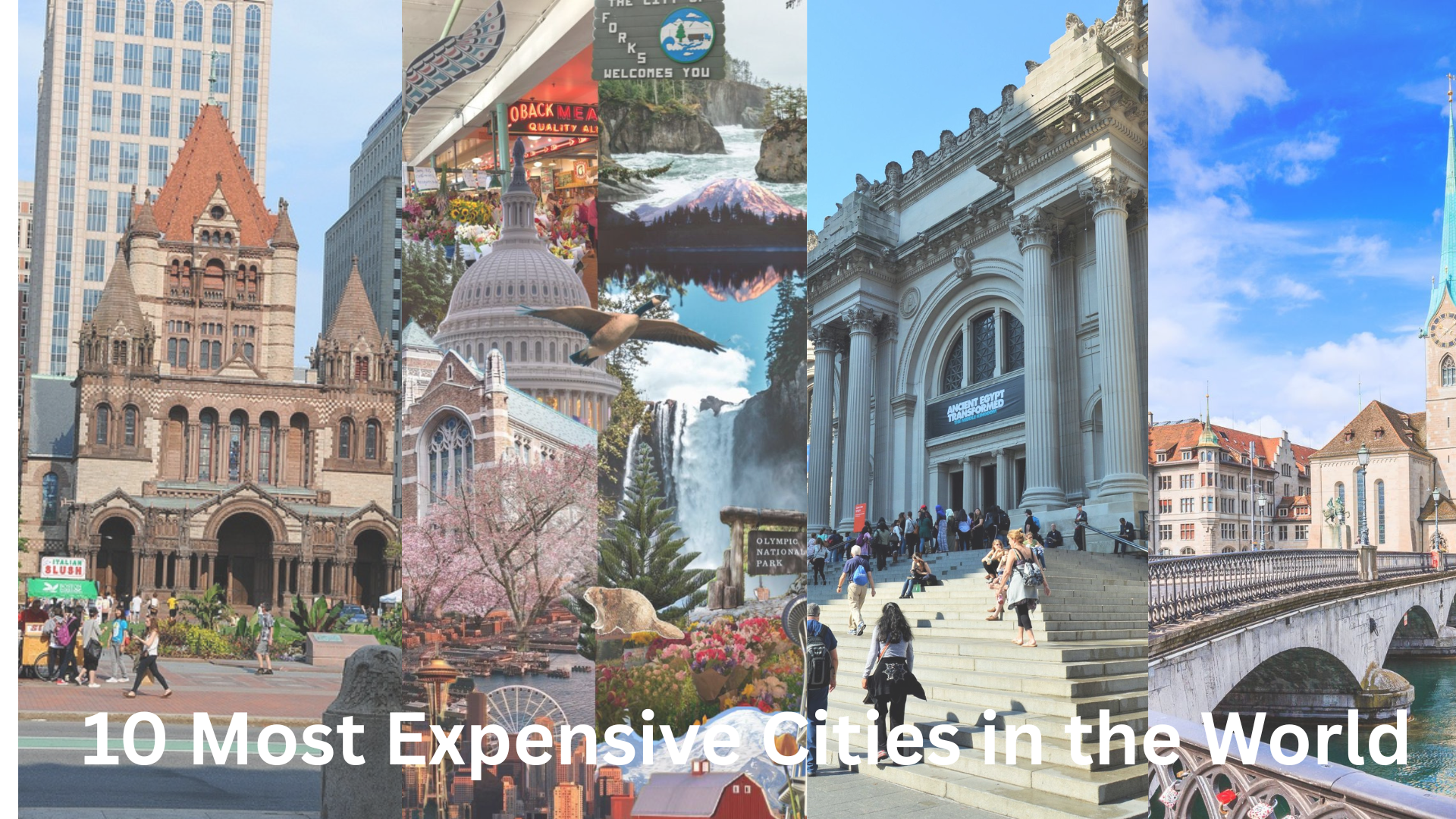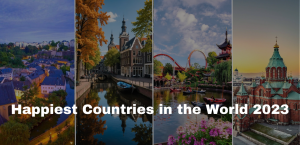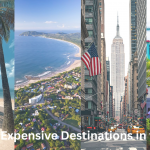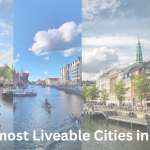As global economies evolve, certain cities stand out for their high cost of living, driven by strong job markets, limited housing, and premium amenities. In 2025, the most expensive cities—Geneva, Zurich, New York, San Francisco, Boston, Reykjavik, Washington, Seattle, Los Angeles, and Chicago—offer vibrant lifestyles but demand hefty budgets. Drawing on data from sources like Numbeo’s Cost of Living Index (with New York as the baseline at 100), this article explores why these cities are so costly and what makes them worth the expense.
1. Geneva, Switzerland (Cost of Living Index: 101.7)
Geneva, the priciest city globally, edges out New York by 1.7%. Its role as a hub for international organizations like the UN and WHO attracts high-earning expats, inflating housing costs. A one-bedroom apartment in the city center averages $2,500-$3,000 monthly, while a single person’s expenses (excluding rent) reach $1,700. High salaries, a strong Swiss Franc, and mandatory private health insurance drive costs. Geneva’s pristine Lake Geneva, world-class dining, and safety (low crime rates) make it a luxurious destination, with cultural gems like Jet d’Eau and CERN adding appeal.
2. Zurich, Switzerland (Cost of Living Index: 100.4)
Zurich, Switzerland’s financial powerhouse, is 0.4% more expensive than New York. A family of four faces monthly costs of $6,200 without rent, and one-bedroom apartments range from $2,000-$3,200. Groceries and dining are steep—a basic meal costs $25-$45—due to high import taxes and wages. Zurich’s efficient trams ($100 monthly pass) and scenic Lake Zurich enhance its allure. Ranked highly for talent competitiveness in 2024, it draws professionals with its banking sector and vibrant nightlife in Kreis 5, balancing high costs with quality.
3. New York, New York, USA (Cost of Living Index: 100)
New York, the global benchmark, is defined by sky-high rents ($4,500 median for a one-bedroom) and a bustling economy. Monthly costs for a single person, excluding rent, hover at $1,600. The city’s financial, tech, and cultural sectors, plus landmarks like Times Square and Central Park, drive demand. Dining out ($20-$50 per meal) and taxes (8.5% sales tax) add up, but unmatched opportunities in finance, media, and arts keep it magnetic. Subways ($2.90/ride) offer affordable transit, but housing scarcity remains a challenge.
4. San Francisco, California, USA (Cost of Living Index: ~95)
San Francisco’s tech-driven economy, home to giants like Salesforce, pushes it to fourth place. One-bedroom rents average $3,000-$4,200, with single-person monthly costs at $1,500 without rent. Housing shortages, high state taxes (13.3% income tax), and pricey groceries (milk: $5/gallon) inflate expenses. The city’s innovation hub, cultural diversity in neighborhoods like Chinatown, and scenic Bay Area views justify costs. Events like Outside Lands and proximity to Napa Valley add vibrancy, though zoning laws limit affordable housing.
5. Boston, Massachusetts, USA (Cost of Living Index: ~90)
Boston, a center for academia and biotech, ranks fifth. One-bedroom rents range from $2,500-$3,600, and monthly costs for a single person are around $1,400 without rent. High property taxes and healthcare costs, tied to institutions like Massachusetts General Hospital, drive expenses. Boston’s historic charm—think Freedom Trail and Harvard Square—pairs with modern amenities like Fenway Park. Its walkable layout and strong job market make it appealing, though winters demand budgeting for heating ($100-$200/month).
6. Reykjavik, Iceland (Cost of Living Index: ~85)
Reykjavik’s high costs stem from its isolated location, relying on imports for goods. One-bedroom rents average $1,800-$2,600, with monthly expenses for a single person at $1,300 without rent. Groceries (bread: $4) and dining ($20-$40/meal) are pricey due to transport costs. Reykjavik’s geothermal pools, Northern Lights views, and vibrant arts scene (Harpa Concert Hall) attract visitors. Its small population (140,000) and high wages create a premium lifestyle, ideal for short-term stays in spring or fall.
7. Washington, D.C., USA (Cost of Living Index: 82.5)
Washington, D.C., ranks seventh, 17.5% cheaper than New York. One-bedroom rents average $2,300-$3,100, and monthly costs for a single person are $1,200 without rent. The city’s political and cultural significance, with free attractions like the National Mall, drives housing demand. High-paying government and NGO jobs inflate costs, but strong local purchasing power (132.6) makes expenses manageable. D.C.’s diverse neighborhoods, like Adams Morgan, and metro system ($2-$6/ride) enhance its livability.
8. Seattle, Washington, USA (Cost of Living Index: ~80)
Seattle’s tech boom, led by Amazon and Microsoft, places it eighth. One-bedroom rents range from $2,000-$3,200, with monthly costs for a single person at $1,200 without rent. Groceries (30% above U.S. average) and no state income tax (but high sales tax) add to expenses. Seattle’s natural beauty—Puget Sound, Olympic National Park—and cultural hubs like Pike Place Market draw residents. Reliable buses ($2.75/ride) and a thriving coffee scene (Starbucks’ birthplace) make it a costly but vibrant hub.
9. Los Angeles, California, USA (Cost of Living Index: ~78)
Los Angeles, ninth on the list, sees one-bedroom rents at $2,200-$3,000 and median home prices at $1.2 million. Monthly costs for a single person are $1,100 without rent. The entertainment industry, high taxes, and car-dependent lifestyle (gas: $5/gallon) drive costs. LA’s beaches, Hollywood Walk of Fame, and diverse food scene (tacos to Michelin-starred dining) are draws. Public transit is improving ($1.75/ride), but traffic and parking ($100-$200/month) add expenses. Mild weather keeps it appealing year-round.
10. Chicago, Illinois, USA (Cost of Living Index: ~75)
Chicago, the least expensive on the list, has one-bedroom rents of $1,800-$2,600 and monthly costs of $1,000 for a single person without rent. High property taxes and urban demand push costs, but Chicago’s affordability compared to peers makes it attractive. Landmarks like Millennium Park, deep-dish pizza, and a robust job market in finance and tech draw residents. The CTA ($2.50/ride) is budget-friendly, though harsh winters increase utility costs ($150-$250/month). Cultural festivals like Lollapalooza add vibrancy.
Why These Cities Are Costly
High costs stem from economic hubs (tech in San Francisco, finance in Zurich), housing shortages (New York, Boston), and import reliance (Reykjavik). Geneva and Zurich benefit from high wages but face strong currencies, while U.S. cities grapple with zoning restrictions and taxes. These cities offer premium infrastructure—efficient transit in Zurich, cultural riches in New York—but demand careful budgeting. Their global appeal, from Reykjavik’s natural wonders to Chicago’s urban charm, justifies costs for many.
Tips for Managing High Costs
- Housing: Opt for suburbs (e.g., Brooklyn for New York, Oakland for San Francisco) or roommates to cut rent.
- Transport: Use public transit—Zurich’s trams ($4/ride), D.C.’s metro ($2-$6)—to avoid car costs.
- Dining: Cook at home; groceries in Reykjavik and Geneva are cheaper than eating out ($30-$50/meal).
- Timing: Visit in off-seasons (April/October for Reykjavik) for lower accommodation rates.
- Resources: Check Numbeo or expat forums for real-time cost-saving tips.
Conclusion
The world’s most expensive cities in 2025, from Geneva’s diplomatic elegance to Chicago’s urban grit, offer unmatched opportunities and lifestyles. High rents, taxes, and living costs challenge budgets, but their cultural, economic, and natural attractions make them worth exploring. With smart planning, these cities can be both livable and unforgettable.














